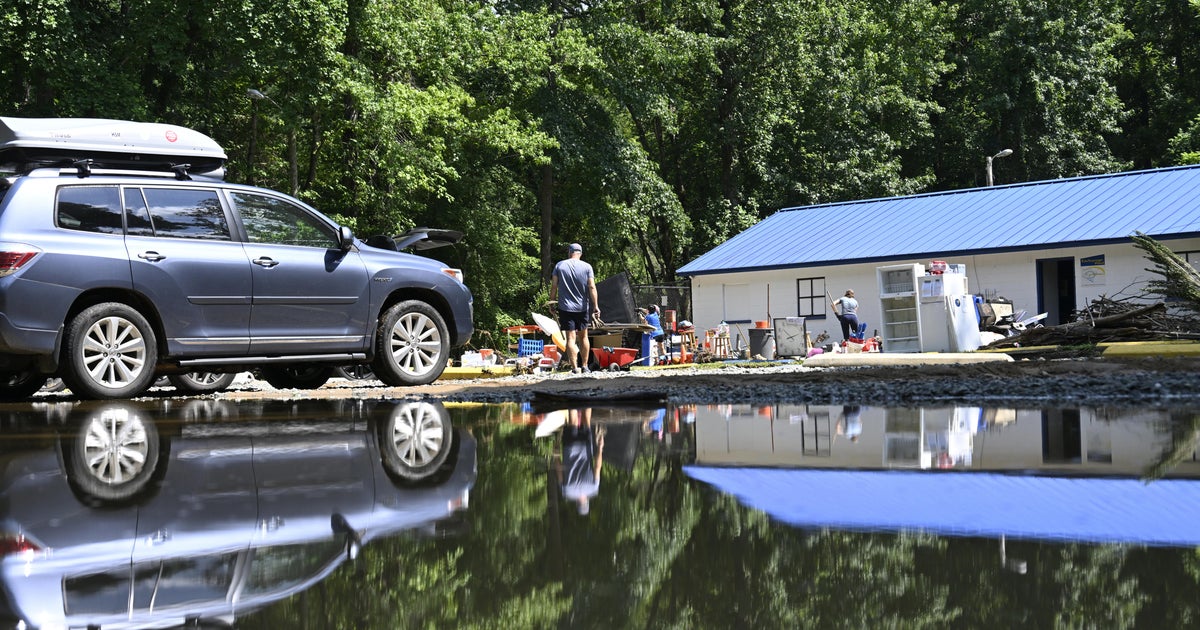Tropical Storm Chantal, after making landfall in South Carolina, wreaked havoc across North Carolina, particularly in the Durham area. The storm, later downgraded to a tropical depression, brought torrential rainfall and widespread flooding, resulting in two fatalities and numerous water rescues. This article delves into the impact of Chantal on Durham, NC, highlighting the tragic loss of life, the extent of the flooding, and the community’s response to the disaster.
The severe weather conditions serve as a stark reminder of the increasing vulnerability of communities to extreme weather events. Understanding the causes and consequences of such events is crucial for implementing effective disaster preparedness and mitigation strategies. This article aims to provide a comprehensive overview of the Chantal aftermath, offering insights into the challenges faced by residents and the ongoing recovery efforts.
Tragic Loss of Life in Orange County and Chatham County
The flooding caused by Tropical Storm Chantal led to the deaths of two individuals in North Carolina. In Orange County, a woman went missing on Sunday night while traveling to work amidst the heavy rainfall. After a search, her body was discovered by the Orange County Sheriff’s Office on Monday evening, near her abandoned vehicle. Similarly, in Chatham County, an 83-year-old woman tragically died in floodwaters after her vehicle was swept away. These incidents underscore the life-threatening dangers posed by flash floods and the importance of heeding weather warnings.
Widespread Flooding and Water Rescues
The remnants of Tropical Storm Chantal caused extensive flash flooding across numerous counties in North Carolina, including Chatham County. Authorities in Chapel Hill reported dozens of water rescues, with many occurring in areas where floodwaters infiltrated apartments. Alesia Ray, a resident of Chapel Hill, recounted her harrowing experience of being stranded on a second-floor staircase for five hours before being rescued by boat. The floodwaters caused significant damage to her home, highlighting the destructive power of the storm.
Businesses Devastated by Floodwaters
The Eastgate Crossings shopping center in Chapel Hill was heavily inundated by floodwaters, causing substantial damage to local businesses. The red-framed glass doors of a Talbots store were blown in, and debris-covered mannequins were scattered across the floor. At the Great Outdoor Provision Co., kayaks were displaced from their display area, and shelves in the shoe room collapsed. Chad Pickens, the manager, emphasized that while the loss of property was significant, it paled in comparison to the loss of human life.
Haw River Approaches Record Levels
According to the National Weather Service office in Raleigh, the Haw River reached critical levels during the storm. At one point, the river crested at 32.5 feet, while another reading indicated a level just under 21 feet. These levels were barely below the record heights recorded during Hurricane Fran in September 1996. The elevated water levels prompted Orange County Emergency Services to declare a state of emergency and issue voluntary evacuation notices for residents downstream from the Lake Michael dam, citing the potential for dam failure.
Infrastructure Damage and Road Closures
The severe flooding caused significant damage to infrastructure across the region. Chatham County reported that a section of NC Highway 902 near Chatham Central Rd. had collapsed due to the floodwaters. The county also stated that over 100 roads were flooded, with continued flooding expected even after the rain subsided. These road closures and infrastructure damage hampered rescue efforts and disrupted transportation networks, further complicating the recovery process.
Power Outages and Ongoing Threats
As of Monday morning, nearly 24,000 homes and businesses in North Carolina were without power, according to PowerOutage.us. The power outages added to the challenges faced by residents already dealing with flooding and property damage. Forecasters warned of dangerous surf and rip currents at beaches from northeastern Florida to the mid-Atlantic states, posing continued threats to coastal communities. The Atlantic hurricane season, which runs from June 1 to Nov. 30, typically sees peak activity between mid-August and mid-October.
Above-Normal Hurricane Season Predicted
The National Oceanic and Atmospheric Administration (NOAA) had predicted a 60% chance of an “above-normal” Atlantic hurricane season, with 13 to 19 named storms expected. Of these, six to 10 were projected to strengthen into hurricanes, and three to five could become major hurricanes. The events surrounding Tropical Storm Chantal underscore the importance of preparedness and vigilance during hurricane season, as even storms that weaken to tropical depressions can still cause significant damage and loss of life.
Key Takeaways and Final Thoughts
The aftermath of Tropical Storm Chantal in Durham, NC, serves as a somber reminder of the destructive potential of tropical weather systems. The tragic loss of life, widespread flooding, and significant infrastructure damage highlight the urgent need for enhanced disaster preparedness and mitigation strategies. The community’s response, characterized by water rescues and evacuation efforts, demonstrates resilience in the face of adversity.
As the Atlantic hurricane season continues, it is crucial for residents to stay informed, heed weather warnings, and take proactive measures to protect themselves and their property. The predicted above-normal hurricane season underscores the importance of ongoing vigilance and preparedness efforts to minimize the impact of future storms. By learning from the experiences of Tropical Storm Chantal, communities can better prepare for and respond to the challenges posed by extreme weather events.

Leave a Reply